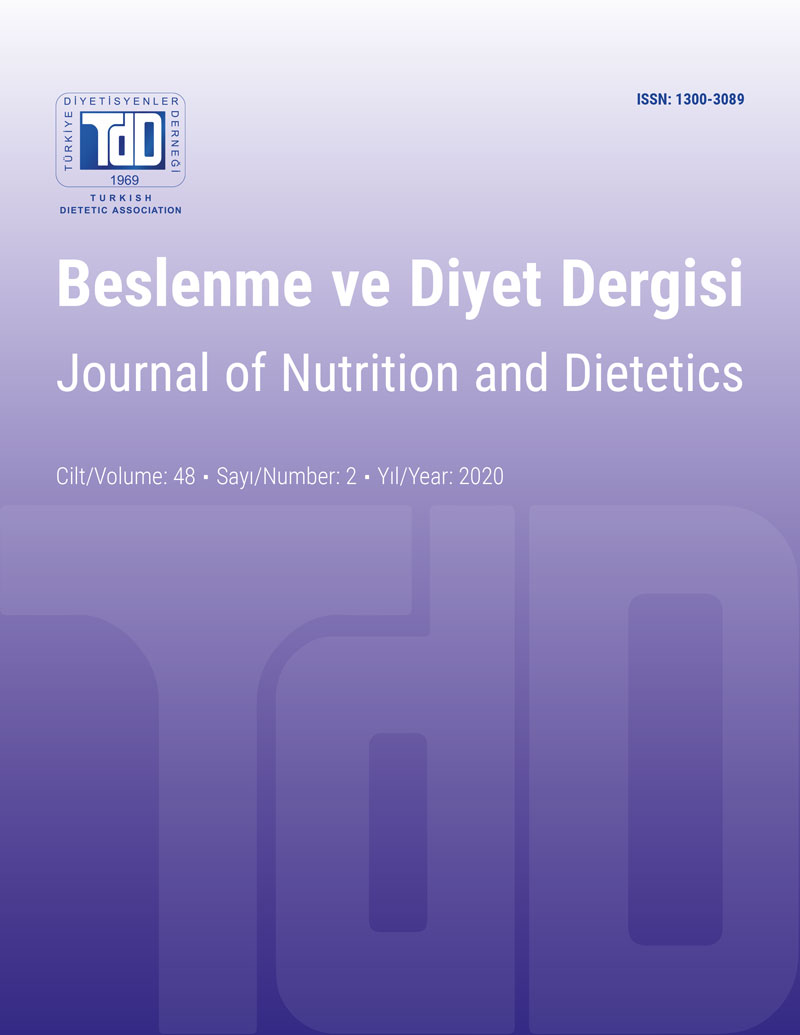The Effect of Malnutrition on Anthropometric Measurements and Muscle Functions in Hospitalized Patients with Cancer Treatment
DOI:
https://doi.org/10.33076/2020.BDD.1292Keywords:
Cancer, malnutrition, anthropometric measurements, muscle functionAbstract
Aim: The aim of this study was to determine the nutritional status of patients with cancer and to determine whether malnutrition had an effect on anthropometric measurements, muscle functions and hospitalization days (HD).
Subject and Methods: This prospective, observational study was carried out with 422 oncology inpatients (male 49.1% and 50.9% female, mean 51.7±16.3 years). The Nutritional Risk Screening (NRS-2002) score ≥3 was considered to be in malnutrition or at risk. Body mass index (BMI), upper mid-arm circumference (MUAC), calf circumference (CC), hand grip strength (HGS), energy and protein intake, HD and nutritional treatments of the patients were recorded.
Results: NRS-2002 scores were ≥3 in 68.5% and BMI ≤18.5 in 17.1% of patients, 72.7% of the patients lost body weight, 47.9% of them lost >10%. It was found that 67.4% of females had HGS <20 kg and 57.7% of males had <30 kg. The CC of 31.8% of the patients were <31 cm, and 21% of females had MUAC <23.2 cm and 41.5% of males had <26.4 cm. Patients with and without malnutrition had mean oral intakes of energy were 832.6±566.43 kcal/day, 1525±691.25 kcal/day, and protein were 32.1±25.06 g/day, 59.4±31.14 g/day, respectively. Mean CC were 32.1±4.89 cm; 36.1±3.70 cm, HGS 19.3±9.42 kg, 28.1±11.01 kg, BMI 22.8±4.89 kg/m2, 26.6±4.53 kg/m2, HD 7.8±9.07 and 5.1±6.46 days, MUAC 25.6±4.74 cm, 29.6±3.99 cm for patients with and without malnutrition, respectively and the differences were found significantly different (p<0.005). The patients were fed by oral nutritional supports (45.9%), and by enteral (4.3%) and parenteral (29.8) routes.
Conclusion: Malnutrition is common in patients hospitalized in the oncology clinic, and anthropometric measurements, oral intake, and muscle functions of patients with malnutrition were lower than those without malnutrition and HD were longer. Cancer patients should be evaluated and monitored for malnutrition and nutritional treatment should be started when necessary.

